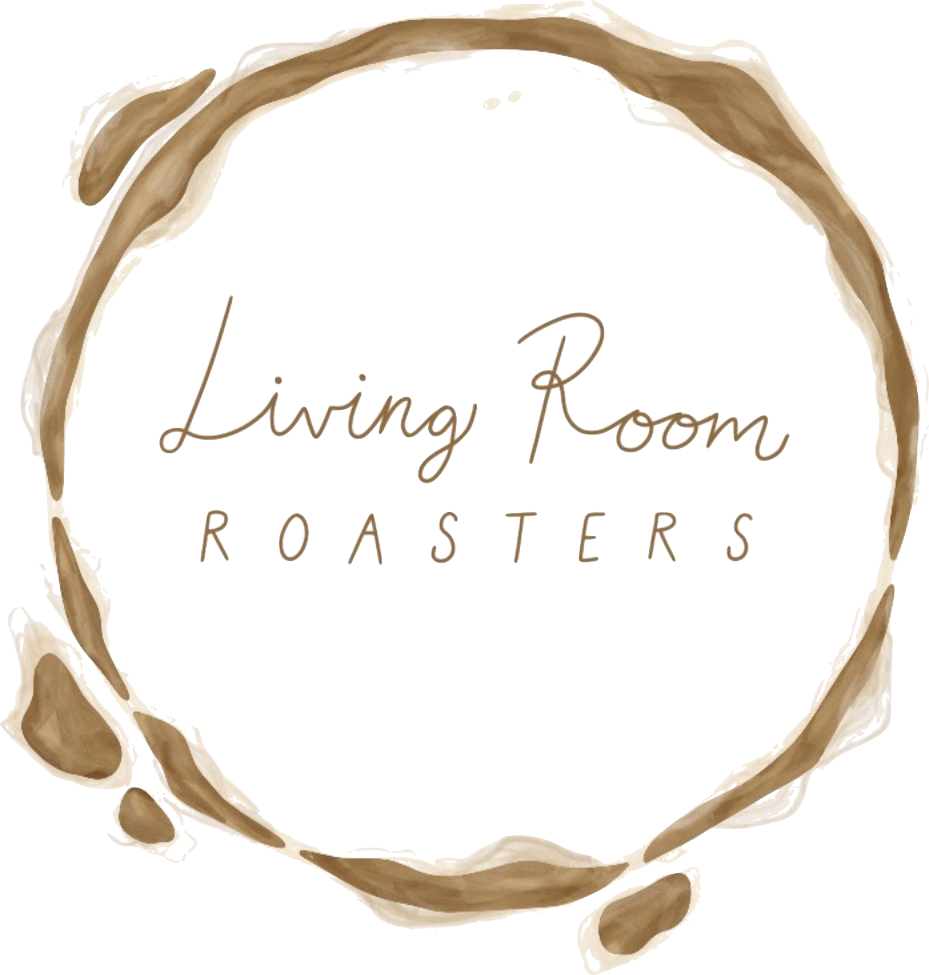Brewing the Perfect Cup: Tips for Making Great Coffee at Home
There’s nothing like mastering the art of making great coffee at home. We love the sensory experience it creates - the sound of the beans grinding, the aroma as you pour, and the warmth hitting your face as you take the first sip. With the right approach and lots of patience, you can bring out the best flavors in every cup. Keep reading to learn our key tips to perfect your process.
Grind Size
Not all grinds are best for all brewing methods! The grind size of your coffee greatly impacts the extraction and overall taste of your final cup. A finer grind will extract quickly, while a coarser grind will take longer to extract. This is why (generally) the longer your coffee is in contact with water, the coarser you want your grind size to be. If you are finding that your coffee tastes too bitter, try a coarser grind; if you are tasting that it is too weak or sour, grind finer. Don’t be afraid to experiment with grind sizes to find the perfect balance for your preferred taste. Using a Hand Grinder is a simple way to ensure that each up is ground freshly for the method you intend to use.
Coffee-to-Water Ratio
Getting the right ratio of coffee-to-water ensures proper extraction and a well-balanced cup. A general rule of thumb is to use a 1:15 to 1:17 ratio (coffee to water). Using a scale for this will help you maintain consistency. If your coffee tastes too strong, add more water; if it’s too weak, slightly increase the coffee amount.
Water Quality and Temperature
Most of your coffee is made up of water, making its quality crucial. Using filtered water will often bring about the best flavor for your coffee. The science behind water quality is complicated, but using a filter doesn’t have to be. You don’t need anything fancy - any store bought carbon filter will get the job done. It will remove chemicals like chlorine, that are helpful for removing harmful contaminants in your drinking water, but also add contradictory flavor to your coffee.
If you have well water, using store-bought bottled spring water can elevate your coffee’s taste. Distilled water is not recommended, because coffee requires water to have certain minerals in it to taste its best, and distilled water doesn’t have those necessary minerals.
The ideal brewing temperature is between 195°F and 205°F. If your water is too hot, the coffee becomes over-extracted and bitter; if the water is too cool, it can under-extract and leave a sour tasting cup. If you are using boiled water, let it sit for 30 seconds before brewing so that it can reach the right temperature.
Timing
Brewing time is another factor that affects flavor extraction. Immersion methods, like French Press, require longer steeping (around 4 minutes), while pour-over techniques use a steady pour over 2-4 minutes. Cold Brew, on the other hand, requires patience - since the coffee grounds are steeped in cold water for 12-24 hours to result in a smooth, low-acid coffee.
Freshness and Storage
Coffee’s worst enemies are light, moisture, and oxygen. Freshly roasted, whole bean coffee will result in the best flavor. By storing beans in an airtight container, away from light, heat, and moisture, and grinding the coffee just before brewing, you are able to better preserve the delicate aromas and oils in a coffee and extract the best possible flavors.
Choosing a Brewing Method
My favorite tip of all is to explore different brewing methods to match your preferences! No two methods will extract the coffee the same, and it can be exciting to try a coffee in different ways to see how you like it best.
For example - a French Press offers a rich, full-bodied experience, while pour-over methods like the Origami Dripper highlight clarity and brightness. The AeroPress is versatile and great for a smooth, quick, and convenient brew, while Cold Brew provides a refreshing, mellow alternative.
Take the time to experiment with your brew process to find what suits your taste best. And most importantly, enjoy every sip!
Happy brewing!
